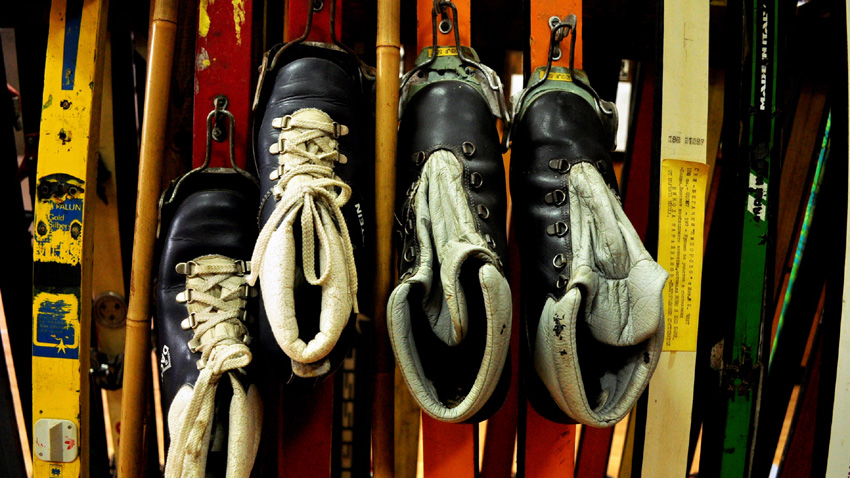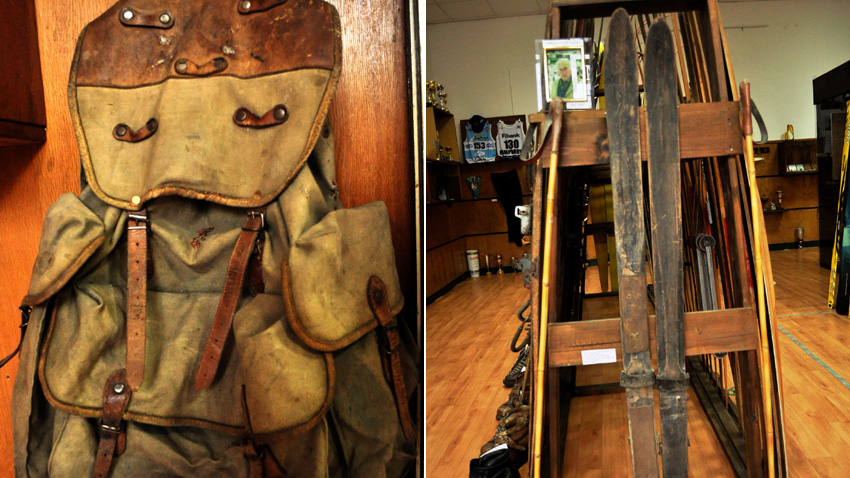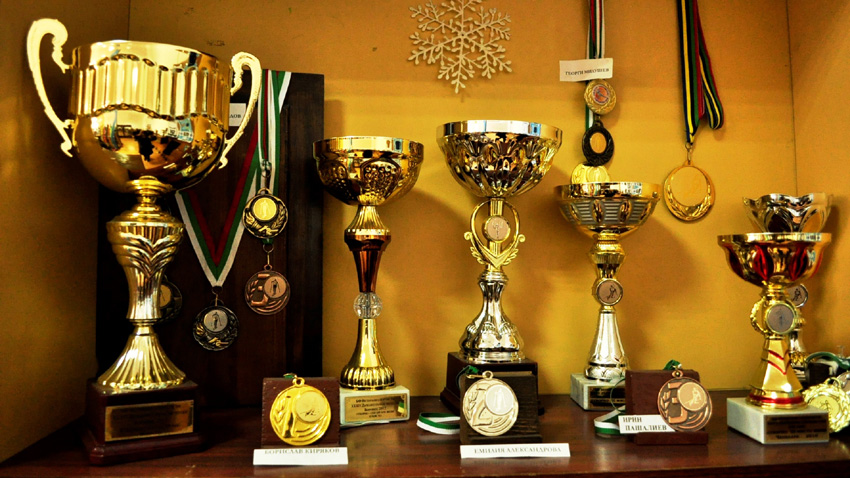Hotel managers and entrepreneurs in the town of Chepelare located in the central portion of the Rhodope Mountains, Southern Bulgaria, can now take a breath of relief and get down to work. The long-awaited snow that came at the end of January has at long last created perfect conditions for winter sports and has brought crowds of impatient skiers to local hotels and pubs. Currently, all tracks in the ski zone below Mechi Chal peak are open. Now it is obvious that following a long snowless January, the Bulgarian resort town wreathed with Olympic glory stands very good chances of catching up.
 Chepelare is a favorite of many Bulgarian skiers owing to value for money: cheaper tow-lift tickets and cheaper accommodation. Unlike the nearby resort of Pamporovo, the town does not display deluxe hotels, glitzy nightclubs or big sports facilities. Bulgarians however love Chepelare as they associate it with the very first steps of skiing in this country and above all with a high distinction that has promoted both Chepelare and Bulgaria to Olympic stardom. When back in 1998, Chepelare-born biathlon skier Ekaterina Dafovska won the first and so far only Olympic gold medal for Bulgaria at the games in Nagano, Japan, the whole of Chepelare rejoiced. On this occasion a group of enthusiasts suggested to open a museum to feature the development of skiing in the town from the 1930s to the present day. In this way a few years ago, the Museum of Skiing, unique for Bulgaria and most probably across the Balkans, opened doors in Chepelare.
Chepelare is a favorite of many Bulgarian skiers owing to value for money: cheaper tow-lift tickets and cheaper accommodation. Unlike the nearby resort of Pamporovo, the town does not display deluxe hotels, glitzy nightclubs or big sports facilities. Bulgarians however love Chepelare as they associate it with the very first steps of skiing in this country and above all with a high distinction that has promoted both Chepelare and Bulgaria to Olympic stardom. When back in 1998, Chepelare-born biathlon skier Ekaterina Dafovska won the first and so far only Olympic gold medal for Bulgaria at the games in Nagano, Japan, the whole of Chepelare rejoiced. On this occasion a group of enthusiasts suggested to open a museum to feature the development of skiing in the town from the 1930s to the present day. In this way a few years ago, the Museum of Skiing, unique for Bulgaria and most probably across the Balkans, opened doors in Chepelare.
Entering the place, one comes across a nice motto that welcomes visitors. It reads: A museum of youth, daring, zeal and victory! Here no one grows old! Curator Svetla Terziiska tells us that the first ski race in the region was held in 1929 down one of the town’s steep streets. The oldest object in the museum’s collection is quite touching – a pair of rough skis dated in 1934.

“The ski were made in a workshop, they were not manufactured”, Mrs. Terziiska explains. “Back at that time there was no place to buy ski from, so skies were handmade. That used to be a hard job, because skis were made from barrel staves. Some used straight shingles that were first left in boiling water and after that fitted into a special sheath to achieve the ski’s characteristic bend. Manufacturing of skis in Bulgaria started in 1961 with the launch of a factory for cross-country skis.”

A ski factory opened in Chepelare in 1980s and its produce was successfully exported to Europe. In the recent years this biggest Balkan ski-manufacturing enterprise has been making ski equipment under license from the leading Austrian brand Atomic. Its owners have outsourced most of their ski boots manufacturing to the Rhodope town known for its excellent skiers. We can learn more about them through the rich photo collection of the museum. Along with Ekaterina Dafovska, who has become the living emblem of Chepelare, we are acquainted with the achievements of a dozen famous Bulgarian skiers born in the town. One of them is cross-country skier Krastana Stoeva who was the first Bulgarian skier with excellent rankings that she achieved in 1960, at the Squaw Valley Winter Olympics in USA. It is beyond doubt that the Chepelare people have got the sporting spirit, daring and zeal for victory. It is also true however that their successes have been strongly promoted by the great natural givens of the lovely mountain town offering excellent conditions for skiing. So it is not for nothing that Chepelare has got so many fans during snowy winter months.
English version: Daniela Konstantinova
The Yantra River rises in the Balkan Mountains at 1,220 metres above sea level and descends northwards, meandering through picturesque valleys and gorges in central northern Bulgaria, crossing the towns of Gabrovo and Veliko Tarnovo. Shortly before it..
The village of Momchilovtsi, the Rhodopes, Pamporovo and the Smolyan region were present with a pavilion at a tourism exhibition this autumn in Ningbo, China. Speaking to BTA, Momchil Karaivanov, a representative of the Bulgarian-Chinese Society..
Cultural tourism accounts for nearly 20 % of the country’s tourism product, according to data from a survey by the Ministry of Tourism. While Bulgaria's image was previously associated mainly with maritime tourism, which made up 70% of the tourism..

+359 2 9336 661
